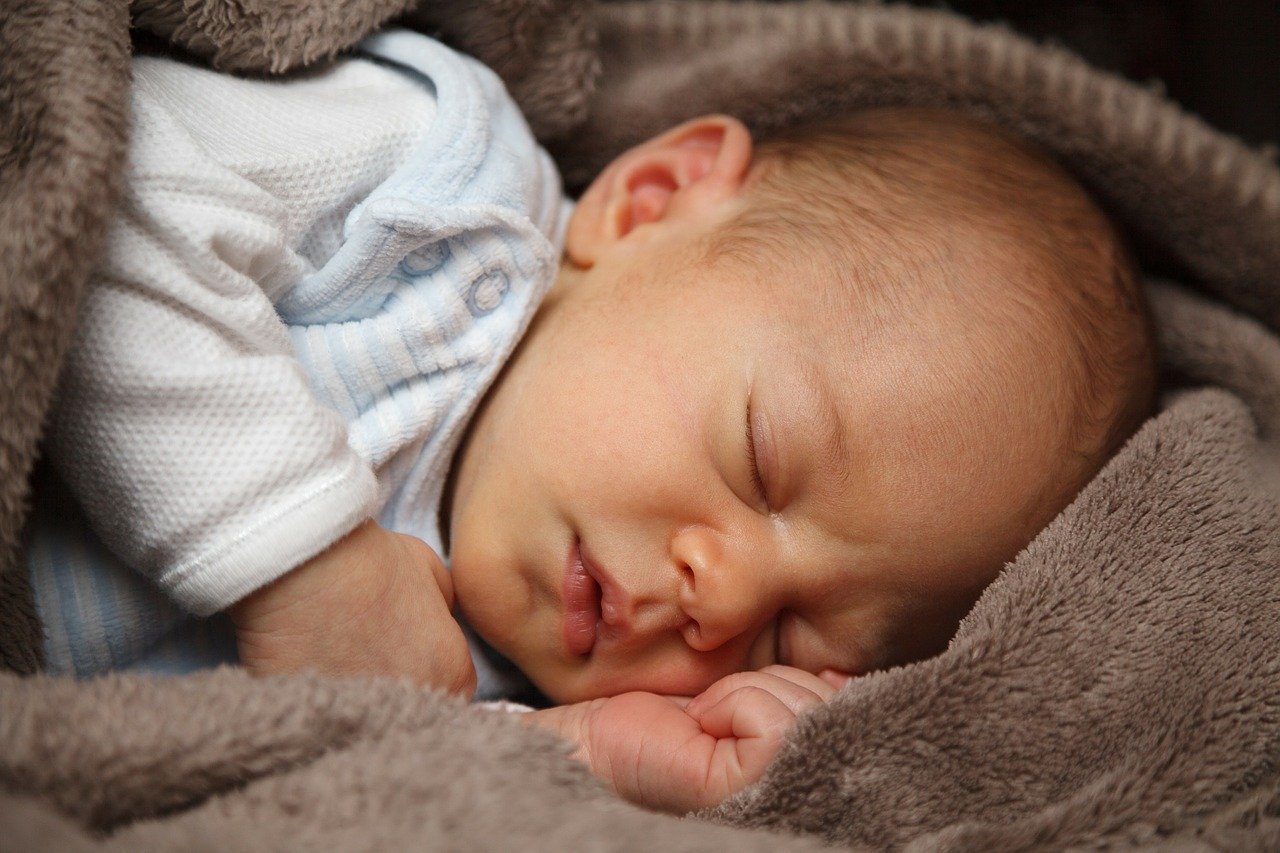Source: Infants produce sleep spindles every 10 second, whether in REM or non-REM sleep. Sleep spindles and twitching are synchronized, allowing for twitch reactions to occur during non-REM sleep in infants.
Source: University of Iowa
Human babies do even more than we thought while sleeping.
A new study from University of Iowa researchers provides further insights into the coordination that takes place between infants’ brains and bodies as they sleep.
The Iowa researchers have for years studied infants’ twitching movements during REM sleep and how those twitches contribute to babies’ ability to coordinate their bodily movements. In this study, the scientists report that beginning around three months of age, infants see a pronounced increase in twitching during a second major stage of sleep, called quiet sleep.
“This was completely surprising and, for all we know, unique to humans and human infants,” says Mark Blumberg, F. Wendell Miller Professor and chair in the Department of Psychological and Brain Sciences and one of the study’s authors. “We were seeing things that we could not explain, based on our years of observation in baby rats and what’s available in the scientific literature.”
The researchers recorded 22 sleeping infants, ranging from one week of age to seven months, and their twitches. At first, the scientists paid attention solely to the twitches occurring alongside REM sleep, in keeping with their previous research of REM sleep-associated twitching in other mammals.
But then the surprise happened: The researchers noticed the infants were twitching their limbs outside of REM sleep as well.
“The twitches looked exactly the same,” says Greta Sokoloff, research scientist in the Department of Psychological and Brain Sciences at Iowa and the study’s lead author. “We did not expect to see twitches during quiet sleep–after all, quiet sleep got that name because humans and other animals typically don’t move during that state.”
Because the researchers were recording brain waves in the sleeping babies, they were able to study brain activity associated with the twitches. As expected, they noticed that during quiet sleep, the infants produced large brain oscillations–called sleep spindles–about once every 10 seconds.

Sleep spindles offer a window into the brain’s coordination with its motor system. The researchers found the rate of sleep spindles in the infant subjects increased beginning around three months to seven months of age and were concentrated along the sensorimotor strip, where the cortex processes sensory and motor information. These facts about sleep spindles were particularly important once the researchers discovered that the sleep spindles and twitches were synchronized.
“Sleep spindles have been widely linked with learning and memory,” Sokoloff says. “So our findings suggested to us that what the infants are doing is learning about their bodies through twitching during a period of sleep that we previously thought was defined by behavioral silence.”
The finding opens a whole new avenue of research into the brain-body communication that takes place while infants are asleep.
“Our finding could reflect something important about the cortical contributions to motor control,” Blumberg says. “Infants have to integrate the brain with the body, to get the system set up and working properly. It’s not all connected at birth. There’s a lot of development that has to happen after birth. What we think we’re seeing is a new mode of integration among different parts of the brain and the body.”
The researchers note the study has a small sample size, especially at the younger ages, and the infants were recorded during short periods of daytime sleep. They plan to recruit more infants and study their sleep during the day and night to confirm the findings.
Contributing authors from Iowa include James Dooley, Ryan Glanz, Rebecca Wen, Meredith Hickerson, Laura Evans, Haley Laughlin, and Keith Apfelbaum.
Funding: The National Institute of Child Health and Human Development, a branch of the National Institutes of Health, funded the research.
About this sleep and neurodevelopment research news
Source: University of Iowa
Contact: Richard Lewis – University of Iowa
Image: The image is in the public domain
Original Research: The findings will appear in Current Biology






